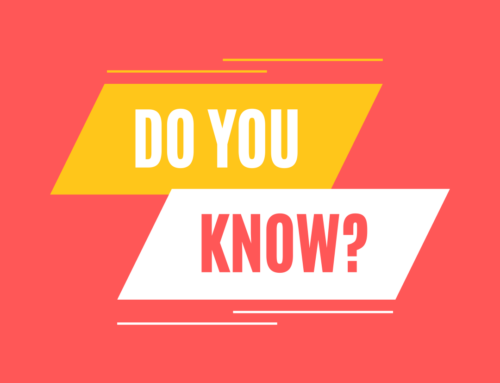I recently read Kay’s blog where she’s writing about being asked by her governor to chair a committee on education. In her blog Kay concludes that part of the problem with education is poverty. I’m happy to see she is digging deeper into the issue of poverty and is using A Framework for Understanding Poverty by Dr. Ruby Payne as a resource.
How do we create change in the lives of children in poverty in our education system? In Framework, Ruby says, “For students from generational poverty to learn, a significant relationship must be present. When individuals who made it out of poverty are interviewed, virtually all cite an individual who made a significant difference for them. Not only must the relationships be present, academic tasks need to be referenced in terms of relationships.”
How do we begin?
1. Understand the mindsets of all economic classes—poverty, middle class, and wealth.
2. Focus on cognitive structures vital to learning and academic success while being deliberate about creating relationships of mutual respect.
3. Monitor instruction and address accountability using these processes:
- Grid individual student performance
- Assign time and align instruction
- Provide high-quality instruction that includes classroom management, instruction, content understanding, and knowledge
- Measure student growth
- Select systemic interventions
- Embed monitoring strategies
Source: Under-Resourced Learners: 8 Strategies to Boost Student Achievement by Ruby K. Payne, Ph.D.
We work with many “Kays” who are searching for school improvement. This six-step process has worked for us time and time again with clients. It’s our hope that we can assist all the “Kays” out there who are tackling the issue of poverty and education to help change lives.
-Ruth Weirich, Vice President, aha! Process








